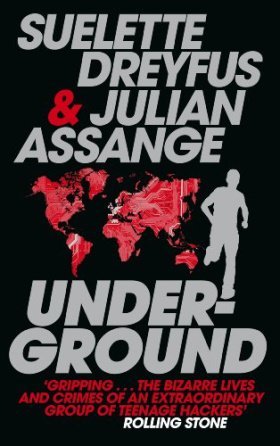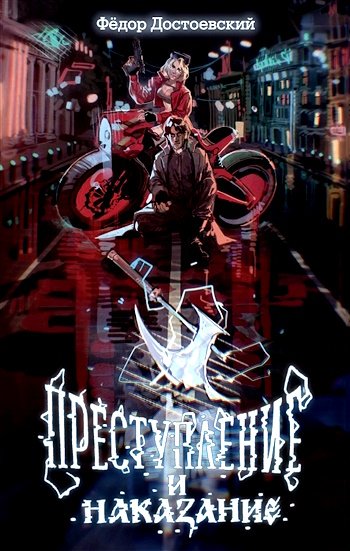`Guest, do you have a name?' Par asked.
`Yeah. It's "Guest—#0".'
`You got any other names?'
There was a long pause.
Electron typed, `I guess not.'
`Any other names besides dickhead that is?'
Electron sent a `whisper'—a private message—to Phoenix telling him not to tell Par his identity.
`OK. Sure,' Phoenix whispered back. To show he would play along with whatever Electron had in mind, Phoenix added a sideways smiley face at the end: `:-)'.
Par didn't know Electron and Phoenix were whispering to each other. He was still waiting to find out the identity of Guest. `Well, speak up, Guest. Figured out who you are yet?'
Electron knew Par was on the run at the time. Indeed, Par had been on the run from the US Secret Service for more than six months by the beginning of 1990. He also knew Par was highly paranoid.
Electron took aim and fired.
`Hey, Par. You should eat more. You're looking underFED these days.'
Par was suddenly silent. Electron sat at his computer, quietly laughing to himself, halfway across the world from Par. Well, he thought, that ought to freak out Par a bit. Nothing like a subtle hint at law enforcement to drive him nuts.
`Did you see THAT?' Par whispered to Phoenix. `UnderFED. What did he mean?'
`I dunno,' Phoenix whispered back. Then he forwarded a copy of Par's private message on to Electron. He knew it would make him laugh.
Par was clearly worried. `Who the fuck are you?' he whispered to
Electron but Guest 0 didn't answer.
With growing anxiety, Par whispered to Phoenix, `Who IS this guy? Do you know him?'
Phoenix didn't answer.
`Because, well, it's weird. Didn't you see? FED was in caps. What the fuck does that mean? Is he a fed? Is he trying to give me a message from the feds?'
Sitting at his terminal, on the other side of Melbourne from Electron,
Phoenix was also laughing. He liked Par, but the American was an easy
target. Par had become so paranoid since he went on the run across the
US, and Electron knew just the right buttons to push.
`I don't know,' Phoenix whispered to Par. `I'm sure he's not really a fed.'
`Well, I am wondering about that comment,' Par whispered back. `UnderFED. Hmm. Maybe he knows something. Maybe it's some kind of warning. Shit, maybe the Secret Service knows where I am.'
`You think?' Phoenix whispered to Par. `It might be a warning of some kind?' It was too funny.
`Can you check his originating NUA?' Par wanted to know what network address the mystery guest was coming from. It might give him a clue as to the stranger's identity.
Phoenix could barely contain himself. He kept forwarding the private messages on to Electron. Par was clearly becoming more agitated.
`I wish he would just tell me WHO he was,' Par whispered. `Shit. It is very fucking weird. UnderFED. It's spinning me out.'
Then Par logged off.
Electron typed, `I guess Par had to go. <Grin>' Then, chuckling to himself, he waited for news on Gandalf's Deszip copy.
If Pad and Gandalf hadn't kept their copy of Deszip, the Australians would be back to square one, beginning with a hunt for a system which even had Deszip. It was a daunting task and by the time Pad and Gandalf finally logged back into Altos, Phoenix and Electron had become quite anxious.
`How did you go?' Phoenix asked. `Do you still have Deszip?'
`Well, at first I thought I had forgotten which system I left it on …'
Electron jumped in, `And then?'
`Then I remembered.'
`Good news?' Phoenix exclaimed.
`Well, no. Not exactly,' Gandalf said. `The account is dead.'
Electron felt like someone had thrown a bucket of cold water on him.

























